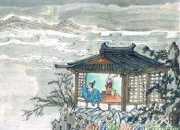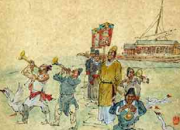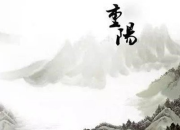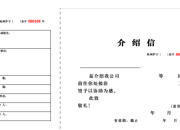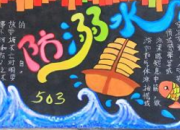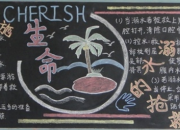雅思大作文:政府补贴艺术家?
时间:2021-08-31Traditional arts, as valuable cultural relics of a nation, are disappearing far away from the modern society. China, as one of the highly-civilized countries in the world, abound in various forms of traditional arts, such as painting, calligraphy, music, architecture and dramas, which are not only our national cultural treasures, but also a rich fortune of the world.
As essence of a local culture, traditional arts reflect a nations artistic talents and traditions. For example, water-color painting depicts a harmony between people and nature. Architecture illustrates a nations aesthetic value and religious belief. Cathedrals, highlighted by Baroque style in the 17th century, represent Christianity. Pagodas, totally different from cathedrals stylistically, are a symbol of Buddhism. Peking Opera describes the history of our country.
However, traditional arts are leaving contemporary people further and further away, one of the main reasons for which is that the authorities concerned and some institutes lack funds and professionals, which are quite essential to the research and promotion of traditional culture. Another radical reason should be attributed to the impact of western cultures on traditions. Young people, especially youngsters, are addicted to western music like rock and roll, without any knowledge about traditional musical instruments. With the economic globalization, traditional culture and arts will be in the danger of assimilation. How to maintain and develop traditional arts becomes the biggest concern of a government.





